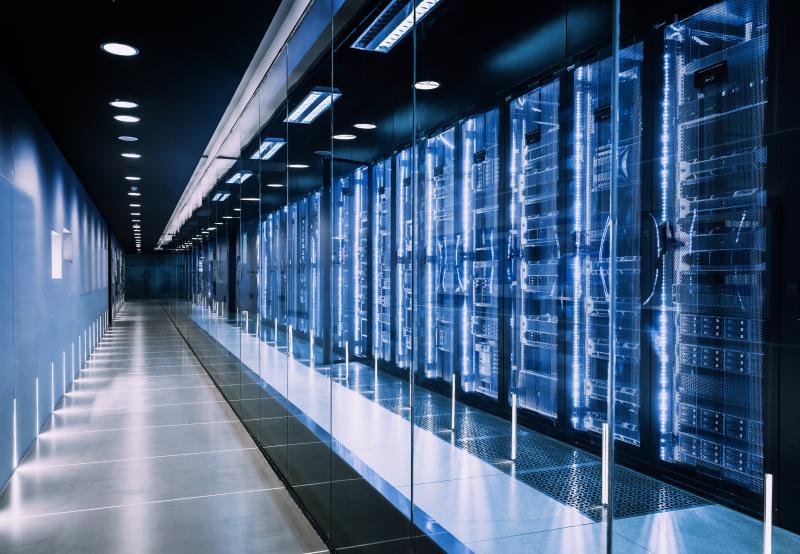
How Utility Companies Can Minimize the Need Ad-Hoc Security Services in the Event of a Service Disruption
The utilities sector is one of the most critical, providing essential services to millions of customers and businesses alike. Take the U.S. Bulk Electric System (BES) as an example – the electrical grid is the largest machine designed and operated in North America, and its reliability is essential to our everyday lives.
However, the sector also faces numerous challenges and risks, ranging from natural disasters to physical attacks and regulatory changes. These events can cause significant service disruptions, affecting the safety, reliability, and quality of the services provided. Often, it may also require using ad-hoc security services, which can be costly.
So, how can a strong emergency preparedness plan help security teams prepare for these events to ensure uninterrupted service?
1. Preparing for Natural Disasters
Utility companies should have specific plans and protocols for each type of natural disaster that could affect their operations, such as hurricanes, floods, wildfires, earthquakes, and severe storms. These plans should include:
-
Disaster Response Plans
They detail the roles and responsibilities of the emergency response team, the evacuation routes and procedures, the safety protocols and equipment, and the emergency contacts and communication systems.
-
Infrastructure Resilience
Utilities companies should upgrade their infrastructure to withstand extreme weather events, such as installing flood defenses, fire-resistant materials, seismic sensors, and surge protectors.
-
Mutual Assistance Agreements
Utility companies should also collaborate with other utilities and emergency services to share resources and support during widespread disasters. This could include mutual aid agreements, joint training and exercises, and information sharing platforms. Coordinating with a security provider that staffs other facilities in the area or close by could also be beneficial as their professionals will have the necessary certifications to step into action quickly.
-
AI & Data Analytics to Map Weather Patterns
Gone are the days when geographical analyses were done via paper maps. Today, new AI-based technologies can help be more prepared by mapping weather patterns, as well as the impact of climate change, and erosion. Additionally, considering the use of a risk alert platform like Crisis24 Horizon that communicates weather alerts before they impact operations can help to stay ahead of potential threats.
2. Preparing for Physical Attacks
Utility companies should also enhance their physical security measures to prevent and deter vandalism, theft, terrorism, and unauthorized access to their critical facilities and assets. These measures should include:
-
Enhanced Security
Installing and maintaining surveillance cameras, motion detectors, alarms, and lighting around their critical infrastructure and assets is necessary. Beyond this, upcoming changes in NERC-CIP-014 regulations are calling for extended perimeter security. Here, the use of mobile surveillance units (MSUs) at the facility perimeters can help to detect long-range attacks before it’s too late.
-
Access Control Systems
Utility companies should implement advanced access control systems that restrict entry to sensitive areas with biometric scanners, smart cards, or facial recognition. AI advances have made these systems more sophisticated as smart scanners can differentiate between employees and guests.
-
A Hybrid Approach
In fact, combining the use of this technology with manned guarding can reduce response times and enhance an overall security plan. Moreover, this approach can help to mitigate the need to hire additional security staff during heightened threat levels.
3. Preparing for Regulatory Changes
Utility companies need to continuously monitor any changes in safety standards, such as environmental, safety, or security regulations to ensure compliance. As a result, they might need to adjust their current operations and provide additional training to staff.
-
Regulatory Monitoring and Compliance Teams
Utility companies should have dedicated teams that monitor and analyze regulatory changes and implement compliance strategies quickly and efficiently. These teams work hand in hand with external partners, like their chosen security provider, to make sure that contract workers are properly trained to adhere to the new standards. At times, this may require planning for additional staff or implementing new technology for improved safety.
-
Compliance Training
Regular training for staff on relevant regulations and compliance procedures is essential. Employees must be informed of their obligations and responsibilities and how these evolve over time.
4. When Ad-Hoc Services are still Necessary
However, in some scenarios, companies may still need to resort to ad-hoc security services. Ad-hoc security services are temporary or short-term security measures that are implemented in response to an urgent situation. They may include hiring additional security guards, deploying mobile surveillance units, or installing temporary signage.
While these measures may be necessary and effective in some cases, they can have drawbacks, like high costs, a lack of coordination, and a reduced quality of services. To avoid these, it’s essential to discuss mitigation plans with your chosen security provider. Some things to consider are:
-
Knowing in advance the locations where supplementary security guards will need to be deployed.
-
Having an ad-hoc workforce that is already certified and vetted.
-
Ensuring that the ad-hoc workforce is already trained on the specifics of the organization to step in if needed.
By having these emergency preparedness programs in place, utilities companies can enhance their resilience to various types of service disruptions. Ultimately, emergency preparedness is not only a matter of security, but also of sustainability, competitiveness, and customer satisfaction.








